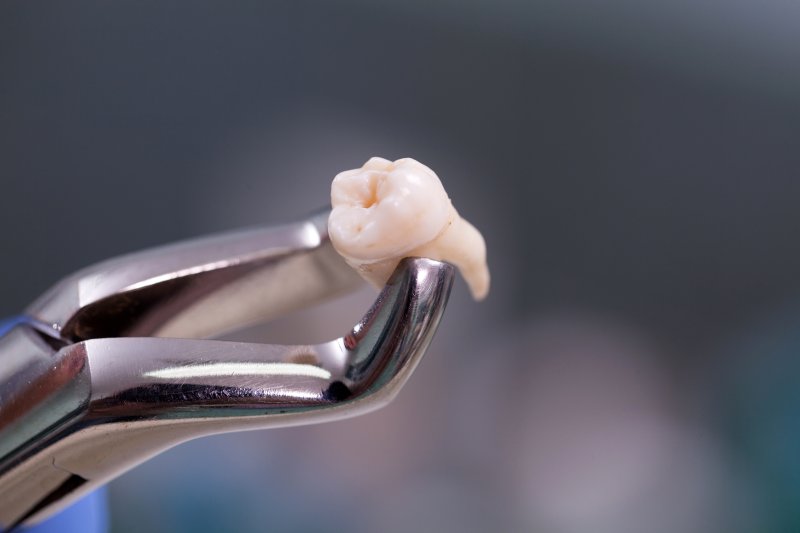
Learning you require a tooth extraction may not be what you had in mind this year, but the reality is that your dentist will only recommend it if it’s completely necessary. Removing any kind of natural tooth is a last resort among dental professionals because of how durable and reliable real teeth are; however, when your oral health is at risk, your dentist will begin to discuss the importance of removing the tooth. If this is your case, you can expect your dental team to walk you through the process so that you are not unfamiliar with what to expect.
Step #1: Evaluating the Tooth
You will first meet with your dentist to discuss whether your tooth needs to be removed. This will involve determining the severity of the damage or decay and deciding whether it can be addressed with restorative dentistry or if emergency tooth extraction is required.
If it is the latter, appropriate scheduling will occur so that your dentist can quickly get the tooth out.
Step #2: Numbing Your Tooth
Before starting any kind of procedure, it’s common for dentists to administer local anesthesia. This not only numbs the tooth being removed but also the area around it. It will be necessary to wait a few minutes for the medication to kick in, ensuring everything is numb, and you feel no discomfort throughout the process.
Step #3: Removing the Tooth
Once your dentist is satisfied that you are comfortable and feel no pain, they will begin to lift the tooth (if it is partially erupted) using dental elevators. This helps create a wedge between your tooth and bone so that it can be easily moved.
Dental forceps are then used to rock the tooth back and forth until it detaches from the socket.
If the tooth is impacted, it will need to be surgically removed, which will require your dentist to make small incisions in the gums so the tooth can be removed piece by piece to avoid further harm to the bone.
Step #4: Taking Care of the Tooth Afterward
Once the procedure is complete, you will be instructed to return home (with the help of a family member or friend) and begin the post-operative recovery process. This begins while still in the dentist’s office, as your dentist will apply clean gauze over the surgical site so that bleeding will stop.
While recovering at home, you’ll need to be mindful of your bleeding, keeping it under control with clean gauze. It should only take an additional 30-45 minutes for this side effect to cease; however, if it doesn’t, make sure to call your dentist’s office.
You’ll also need to take over-the-counter pain medications to alleviate discomfort after the anesthesia wears off. A soft diet will also prove beneficial, as your mouth will be able to fully heal without having your teeth bite down hard on various foods.
Maintaining good oral hygiene is also essential, as you don’t want an infection to form, so you can expect to start brushing like normal after the first 24 hours. You can also rinse with a warm saltwater solution to help encourage faster healing.
Step #5: Post-Surgery Follow-Up
After one week, you’ll meet with your dentist to have them check your mouth and ensure you’re healing normally. After going over your post-operative symptoms, your dentist will discuss whether any additional care is required as well as what you can do to maintain your oral health long-term.
Tooth extraction might seem unnerving, but the procedure is fairly routine for dentists, so you can remain fully at ease before, during, and after your appointment.
About Grand Dental – Lake Zurich
At Grand Dental – Lake Zurich, our dentists regularly perform tooth extractions in a way that promotes safety and comfort. As trusted experts who can recognize when a tooth is no longer savable, we can remove one or more teeth that may be hindering your oral health. Visit our website or call (847) 443-3953 to learn more about the process of tooth removal and how we can help ease any of your fears.
